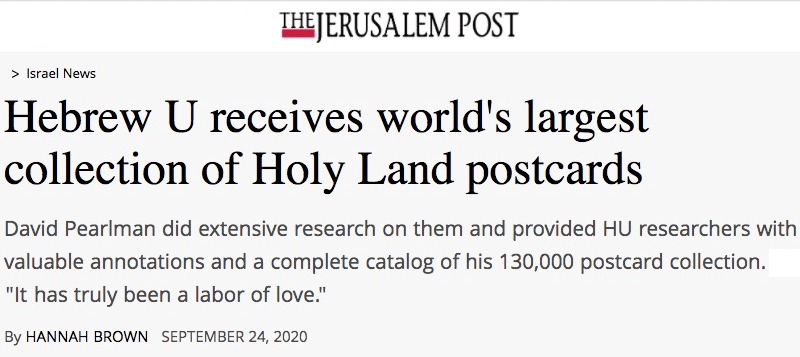
Remember postcards, those pictures we used to send before Instagram and Facebook to show each other where we went on vacation? Vintage postcards feature beautiful images and design and are a window into what previous generations thought was interesting and exotic.
For the past 60 years, British historian and collector David Pearlman has amassed the world’s largest collection of Holy Land postcards and is now donating his vast collection to the Folklore Research Center at the Hebrew University (HU) of Jerusalem’s Mandel Institute of Jewish Studies, through the British Friends of Hebrew University.
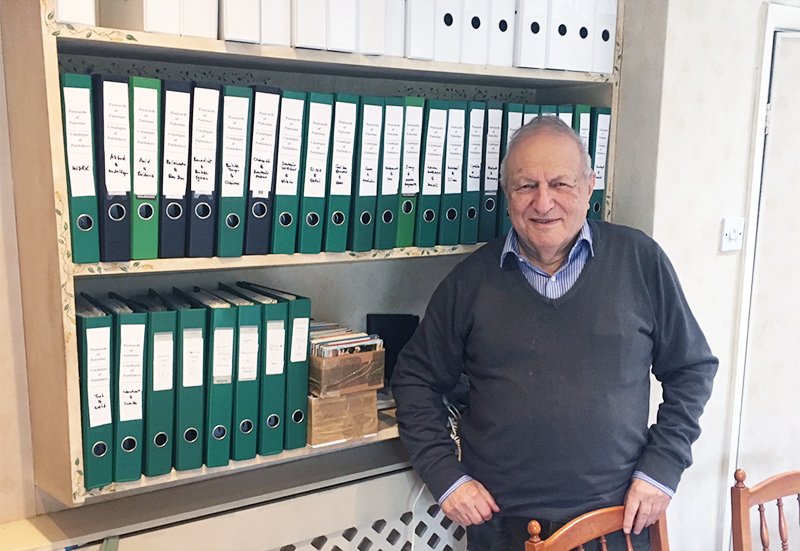
For over 60 years, Pearlman – a London-based accountant by day and a collector by night – searched auction houses, private collections and estate sales to piece together his “Postcards of Palestine” collection. It is the largest of its kind in the world, numbering 130,000 postcards. The collection documents Israel’s history, from the Ottoman Period and British Mandate to the early pioneers, from the Six Day War through the early 21st century. It documents historic events from General Allenby’s visit to Jerusalem in 1917 and Lord Balfour’s attendance at the grand opening of Hebrew University in 1925 to the creation of the State of Israel and the emergence of new cities like Tel Aviv.
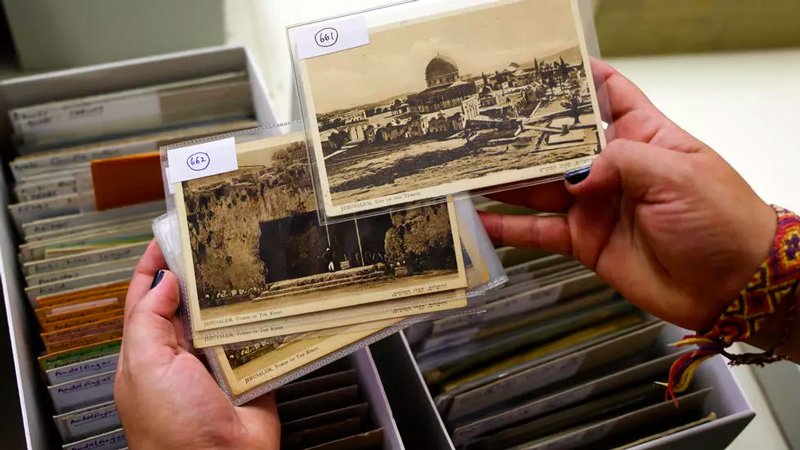
“I began collecting stamps as a young boy and graduated to postcards when I realized that instead of collecting dull postage stamps I could collect these beautiful cards,” Pearlman recalled. “I kept them in shoe boxes in my garage all these years. At a certain point, the collection grew so large that I began to park my car on the street to make room for more shoe boxes.”
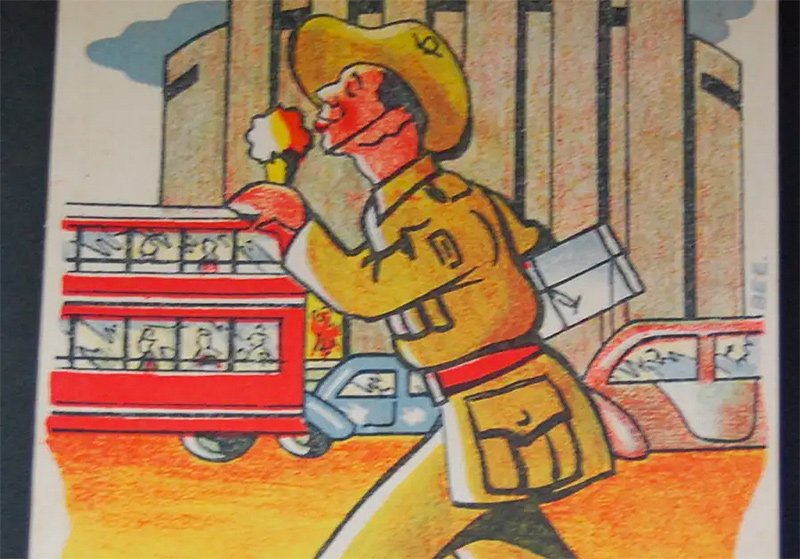
Another interesting facet of the collection is that it features an abundance of artwork by leading 20th-century Bezalel artists, such as Meir Ben Gur Aryeh, Ephraim Lilllien and Zeev Raban, as well as photography by an artist known as, ”Karimeh Abbud – Lady Photographer,” one of the first female photographers in the Arab World.
A sizable portion of the collection is postcards aimed at Christian pilgrims who made their way from Egypt to Jerusalem to Damascus, visiting the holy sites along the way and sending postcards that depicted camels, palm trees, Bedouins, hassids and an overflowing Dead Sea, and included pressed flowers or scriptural quotes.
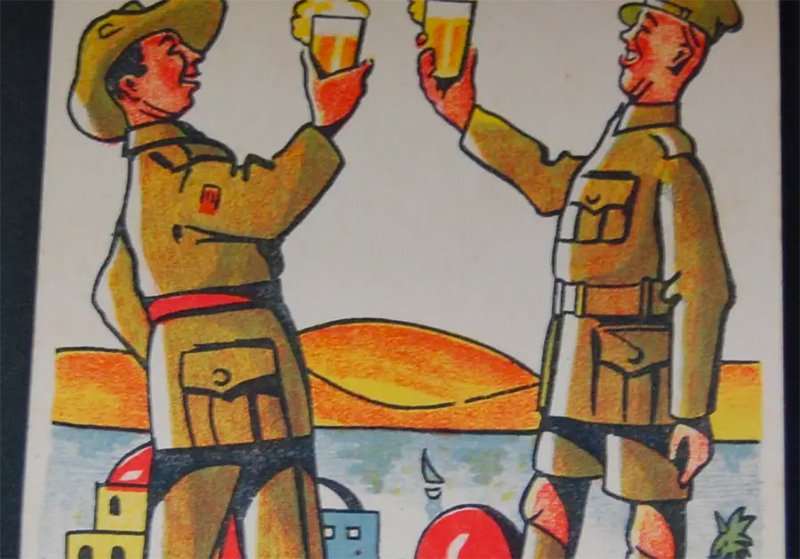
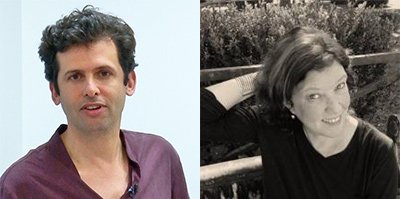
“A classic message would read, ‘Yesterday we were in Bethlehem. Today we’re in Jerusalem. Tomorrow we’re going to Nazareth. It’s so hot here!’“ said Dr. Dani Schrire, director of HU’s Folklore Research Center, who together with Prof. Hagar Salamon, head of Folklore and Folk-Culture Studies, was entrusted with accepting this collection.
According to Schrire, the collection’s significance is not merely one of quantity. David Pearlman did extensive research on his postcards and provided HU researchers with valuable annotations and a complete catalog of his collection, which includes 1,500 postcard publishers.
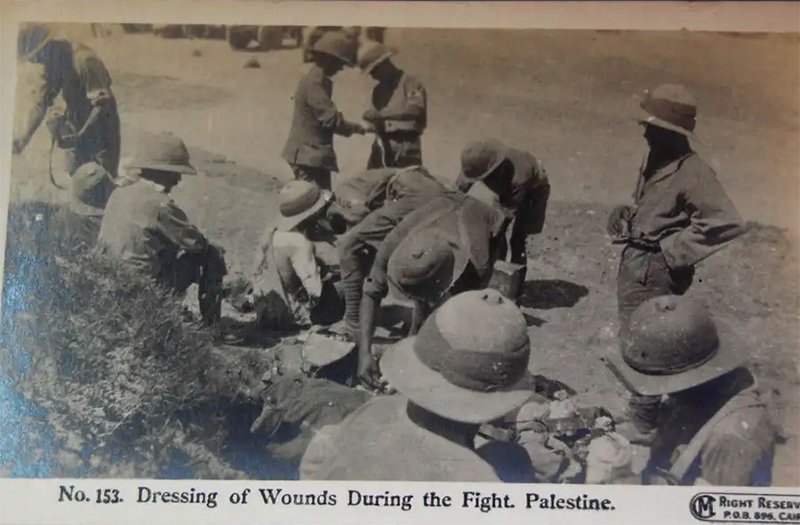
“In a way, Pearlman wanted these cards to return to Zion, to the Hebrew University of Jerusalem.” Schrire said. “Once a collection arrives, we bring in conservation specialists to preserve the collection to the highest standards.” The next step, he said, would be for HU researchers from many disciplines to begin working with the collection.
“The most moving part of this story is David Pearlman’s passion for the collection. You can see it has truly been a labor of love, and we are grateful that he’s entrusted his life’s work to our university. It is a terrific vote of confidence in our position as a world-class research institution,” said Nigel Salomon, chief executive of the British Friends of Hebrew University. “It’s also fascinating to read the postcards that British Tommies stationed in Palestine sent home during World War I.”
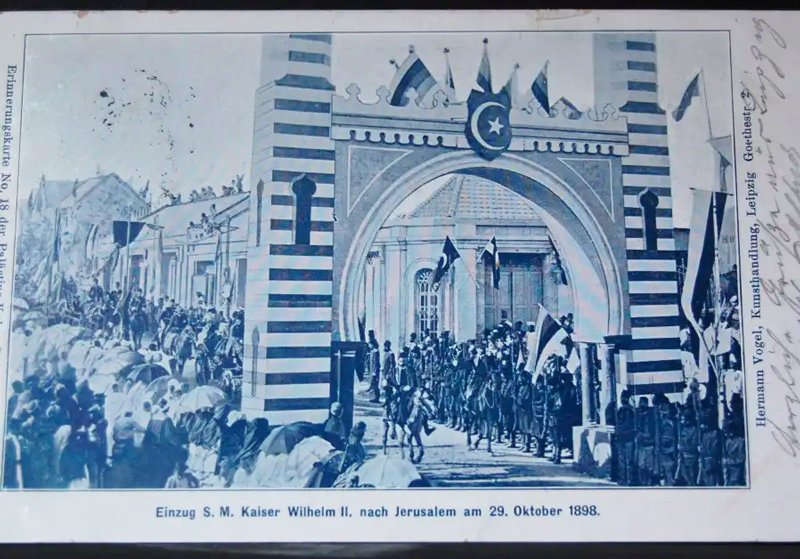
In one such postcard, a soldier named Walter writes to his parents, “I can say ‘mafish’ which means ‘enough’ …and I hope the war will soon so I can go home again.” Another soldier wrote, “I came through here…between Mt Ebal and Mt Grizim… It is of course the Shechem where Jacob fed his flocks and Jacob’s well is here. There are many springs and consequently gardens where I saw the first green I’d seen for months.”
Commenting on this unique gift to the Hebrew University, HU president Asher Cohen said, “This extraordinary collection of postcards has found its way home to Jerusalem. “t’s entirely appropriate that Israel’s leading center of advanced learning and research is now the home and custodian of such a remarkable trove which joins our other notable collections: Albert Einstein’s personal and academic papers and the Steven Spielberg Jewish Film Archive.”
When asked about his favorite postcard, Pearlman said, “I haven’t got a favorite postcard but it’s the whole collection that feels like part of my family. They’re all my favorites. It’s like touching a piece of history.”